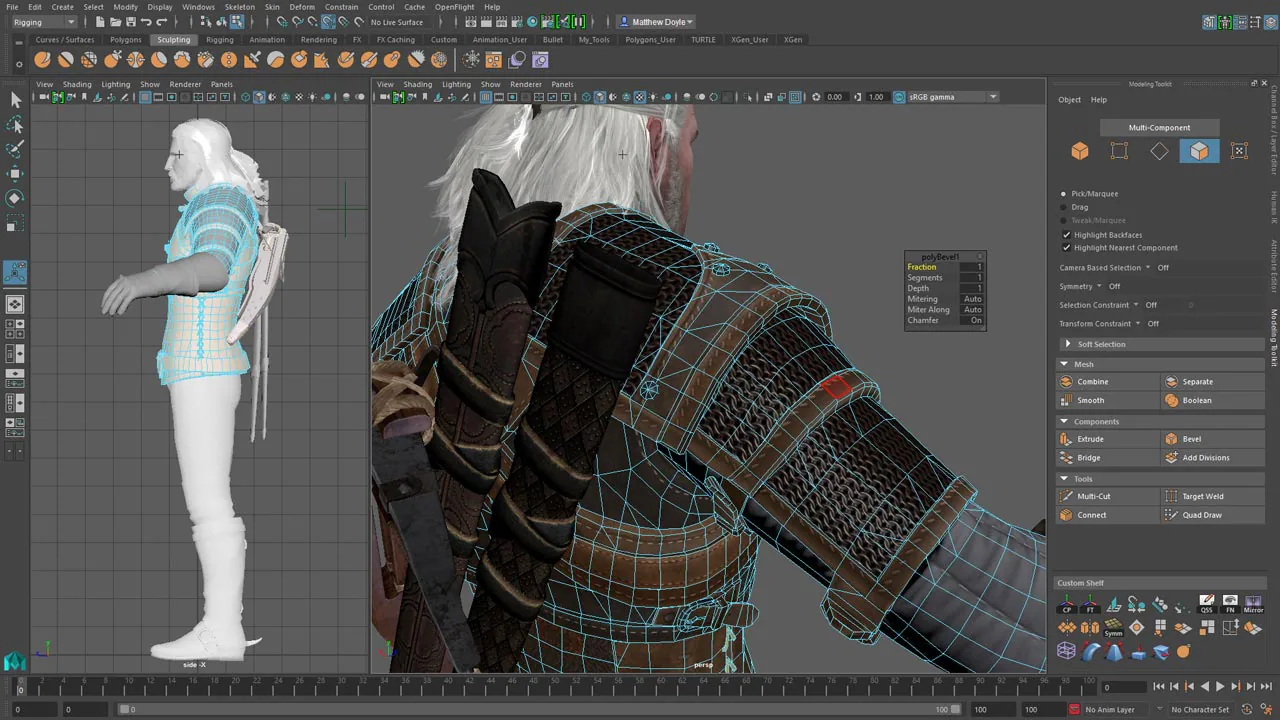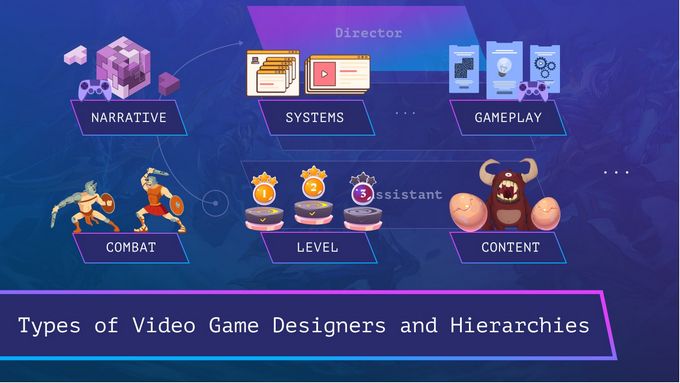
Exploration is a key aspect of gaming that can make or break a player’s experience. The thrill of uncovering hidden secrets, discovering new worlds, and unraveling complex narratives can be incredibly rewarding. One technique that game developers use to enhance exploration is the slow reveal structure.
Slow reveal structures involve gradually unveiling elements of the game world, story, or mechanics over time. Instead of bombarding players with information all at once, developers strategically drip-feed details to keep players engaged and encourage them to explore further. This technique can create a sense of mystery and intrigue, driving players to uncover every corner of the game world.
One way that slow reveal structures enhance exploration is by creating a sense of intrigue. When players are presented with a mysterious world or story, they are naturally drawn to uncover the secrets that lie within. By slowly revealing details about the game world or narrative, developers can pique players’ curiosity and keep them motivated to explore further.

For example, in the game “Dark Souls,” players are thrown into a dark and mysterious world with little information about the story or setting. As they progress through the game, they slowly uncover the intricate lore and history of the world, keeping them engaged and eager to learn more.
Slow reveal structures server vps also encourage players to engage with the game world more deeply. By gradually introducing new mechanics, areas, or challenges, developers can incentivize players to explore every nook and cranny of the game world. This can lead to a more immersive experience and a greater sense of accomplishment when players discover hidden secrets or overcome difficult challenges.
In open-world games like “The Legend of Zelda: Breath of the Wild,” players are encouraged to explore the vast game world at their own pace. By slowly revealing new areas, quests, and abilities, players are motivated to venture off the beaten path and discover hidden treasures and secrets. This sense of exploration and discovery is a core aspect of the game’s appeal, keeping players engaged for hours on end.

Furthermore, slow reveal structures can also enhance the sense of progression in a game. By gradually unlocking new abilities, upgrades, or story elements, players feel a sense of accomplishment as they progress through the game. This can lead to a more satisfying gameplay experience and keep players motivated to continue exploring and advancing.
In the game “Metroid Prime,” players slowly acquire new weapons and upgrades that allow them to access previously inaccessible areas. This gradual progression not only enhances exploration but also provides a sense of empowerment as players overcome obstacles and uncover hidden secrets.
From a game design perspective, slow reveal structures can also help developers manage the player experience more effectively. By carefully controlling the pace at which information is revealed, developers can ensure that players are always engaged and motivated to explore. This can help prevent players from feeling overwhelmed or bored and can lead to a more enjoyable and immersive gameplay experience.
Overall, slow reveal structures are a powerful tool that game developers can use to enhance exploration in their games. By creating a sense of intrigue, encouraging deep engagement with the game world, fostering a sense of progression, and effectively managing the player experience, slow reveal structures can make for a more rewarding and immersive gaming experience. So, next time you pick up a game, pay attention to how developers use slow reveal structures to enhance exploration – you may just discover a whole new level of enjoyment in your gaming experience.
